

Introduction
The quick development of AI technology will inevitably make the job of designers much simpler. The field of graphic design is being redefined by artificial intelligence. It offers designers a variety of advantages, such as process automation and simplification. Using interactive prototypes that will be taught through a series of workshops to encourage designers to become creative technologists by exploring creative machine learning.
Through a series of interactive machine learning experiments using audio, posenets, and generative art, a systemic approach has been taken from the initial ideation, prototyping, and testing that will go hand in hand with my practical work. Hopefully, this artful yet simple result will inspire designers to incorporate design and creative thought into their efforts. In order to help traditional designers adapt to widely accessible machine learning applications, this article intends to offer an incisive perspective on creative technology, machine learning, and artificial intelligence. In order to promote the use of machine learning, this debate offers early evidence for its development, analysis, and evaluation.

From pixels to prediction:
How Machine Learning is
revolutionizing design.
Experiments conducted by
Farhan (Skinny Legend)
An exploration into creative machine learning through the use of interactive prototypes to encourage designers to integrate design and creative technology
Worshop 1 -
Understanding Machine Learning
What you see here are my participants understand what “pose recognition is. They also get to try a p5js sketch that reacts to your movements by scanning your eyes as well as nose. Thus this will generate shapes as you move around which creates a fun interaction between you and the machine. Pictures gave evidences that the participants really enjoyed the most recognition as they get to interact with a machine instead of just pressing buttons which i felt gives a closer bond between humans and technology.
Pose Recognition -
Pose estimation is a computer vision task that enables machines to detect human
figures and understand their body pose in videos and images. It helps machines determine,
for example, where the human knee is located in an image.
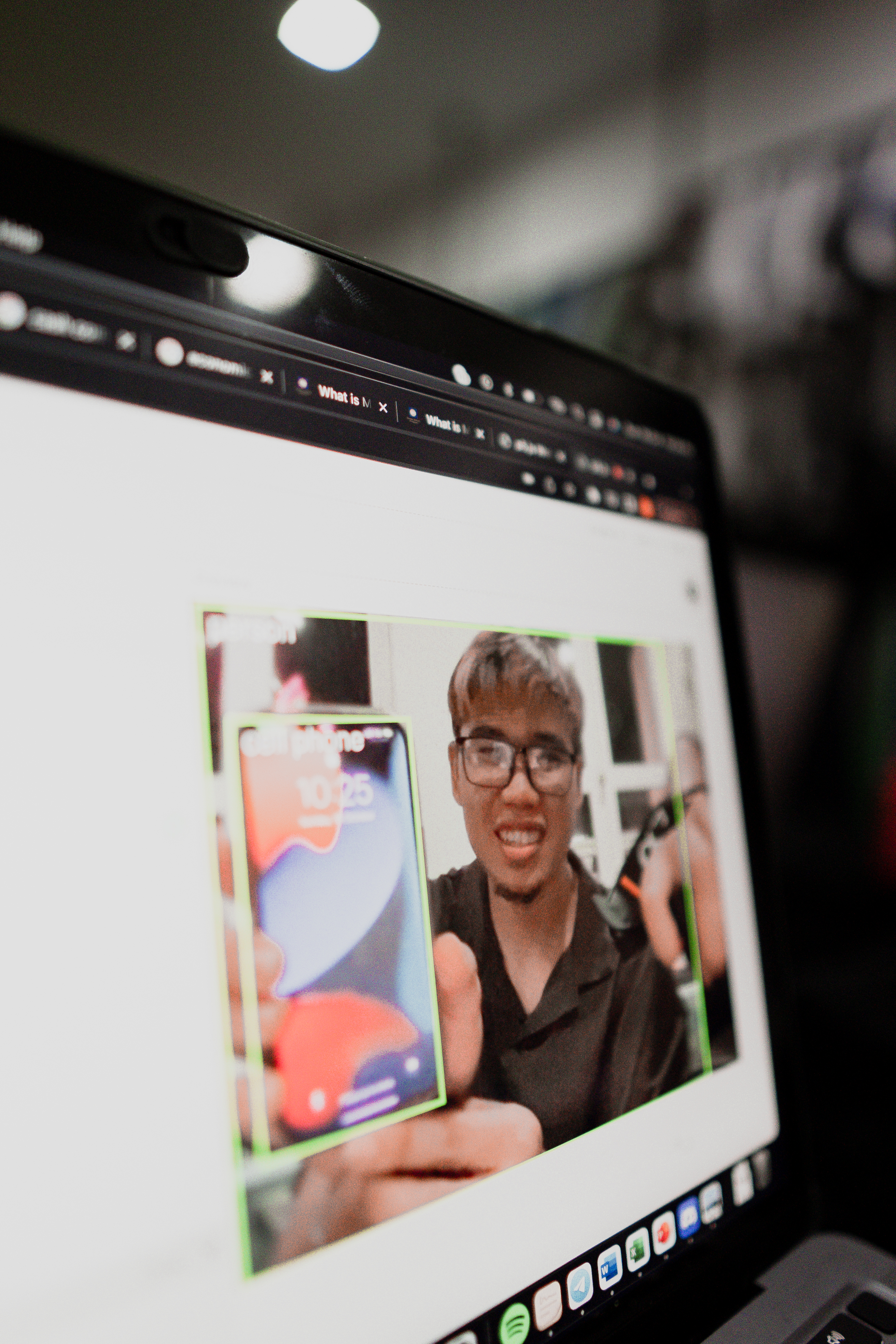
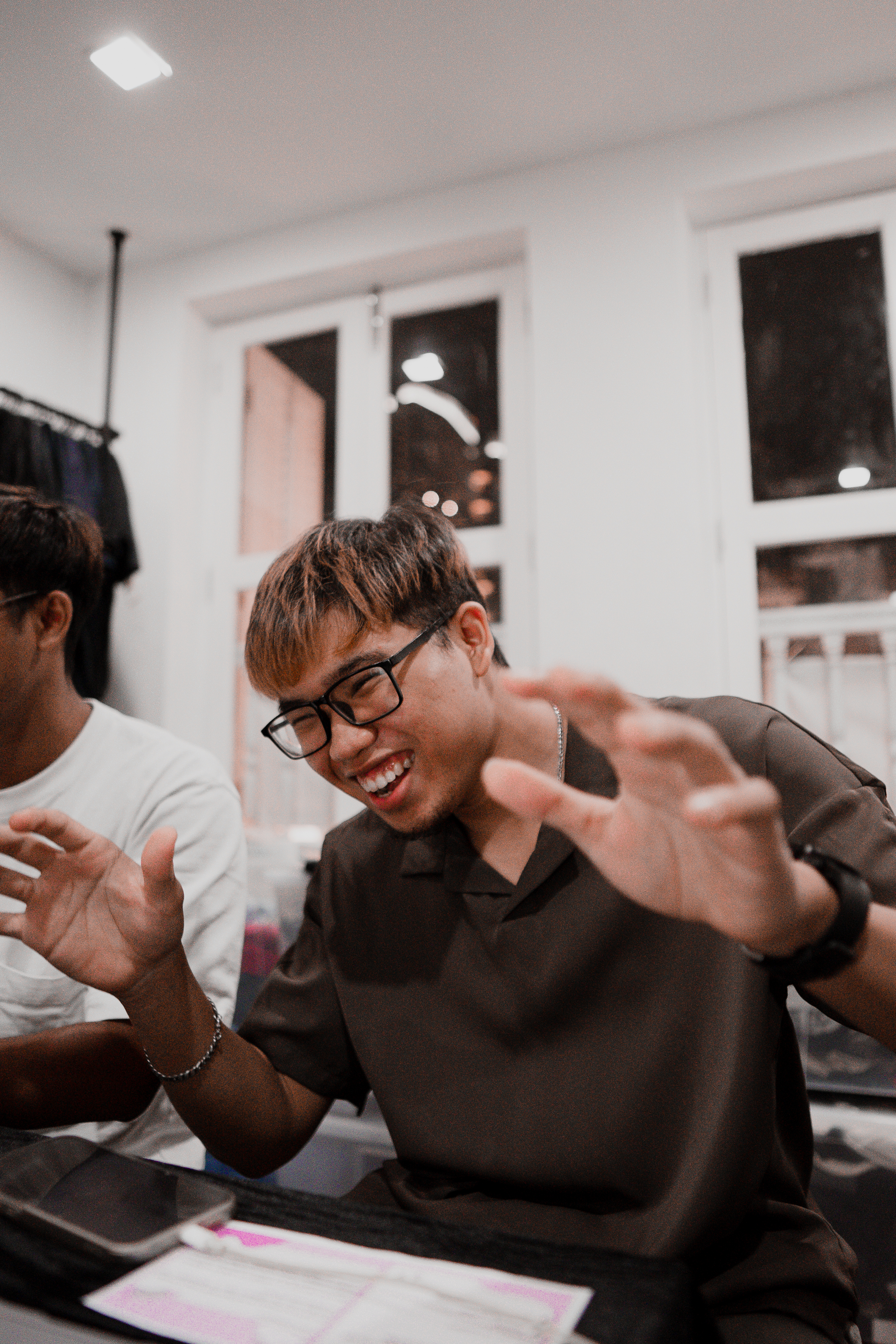
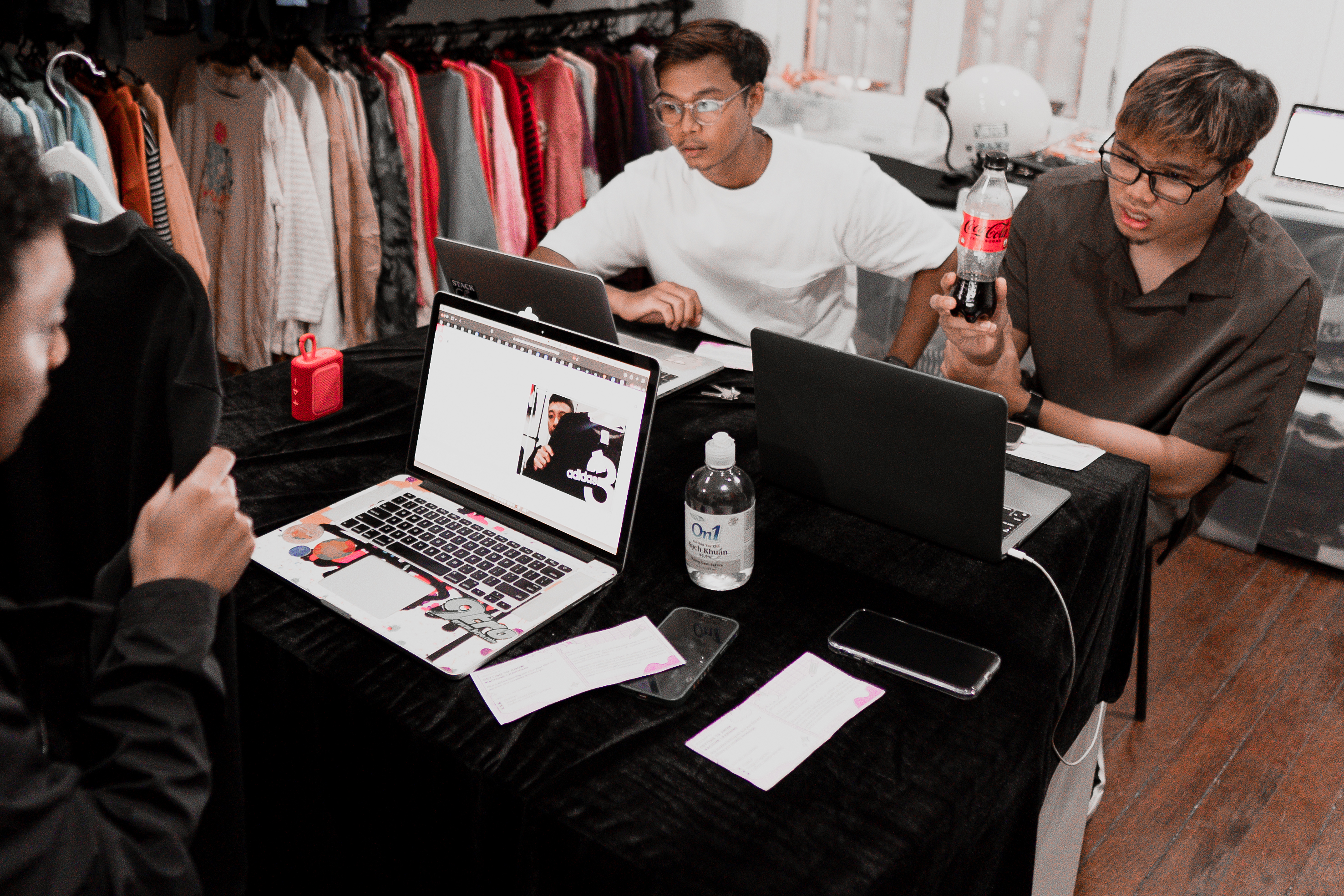
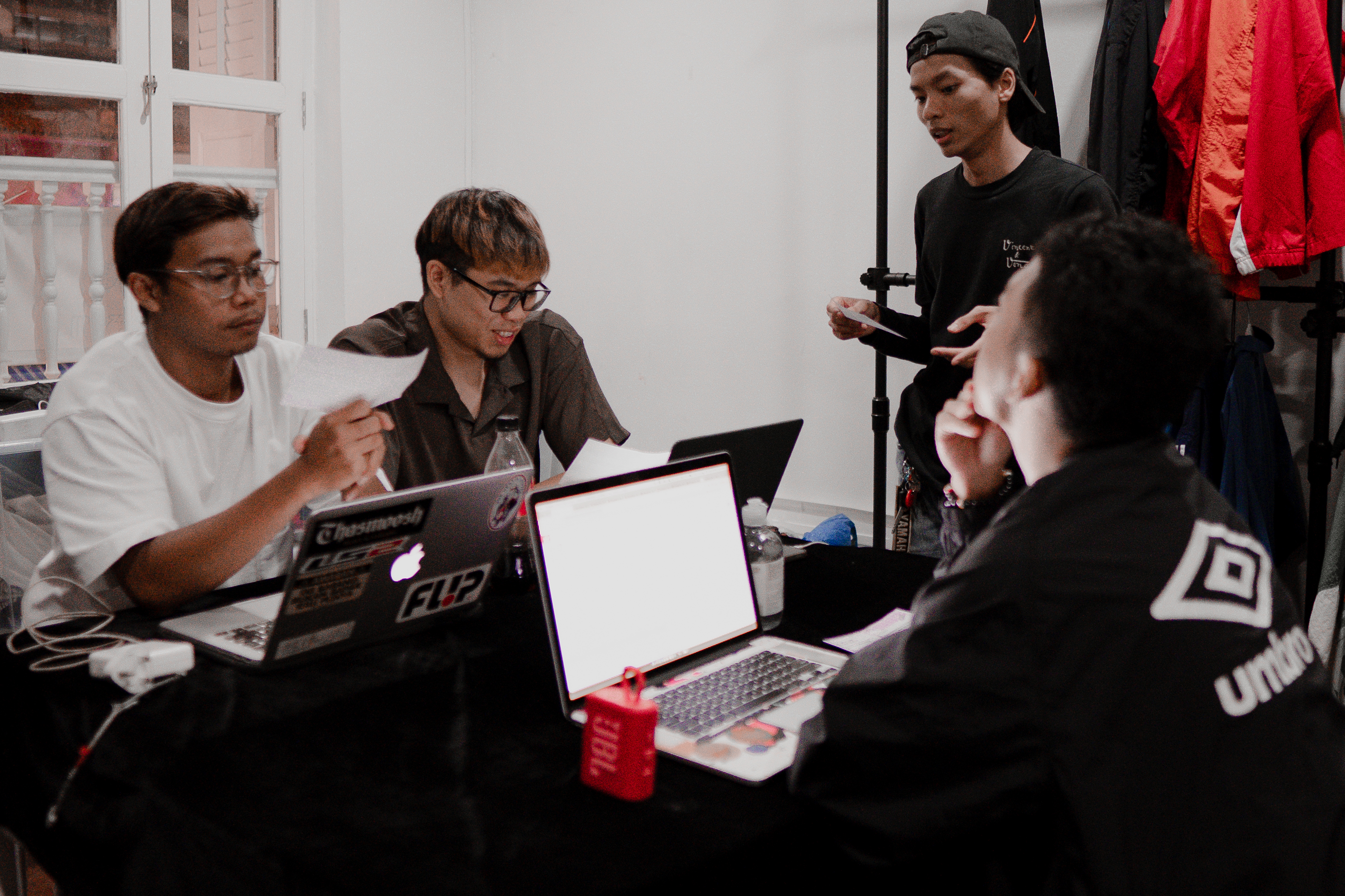
Worshop 2
Participants playing around with music and generative art
Music + Generative art in Machine Learning -
For the second workshop, my participants get to produce a song of their own using an application called beat blender. This application wasnt made by me as I was only testing it out and letting my participants know more about machine learning. However I’ve also added some generative art that my users will be able to add into so it wasnt a boring workshop.
Conclusion
At the end of workshop 2, the participants will be able to understand how, when and which machine learning tool are available out there that users can use for free. In hope that these to encourages users use it more often not only in design expect but also in areas such as writing. Although we should not take advantage of these tools too much as sometimes you would need human creativity and owers as well.
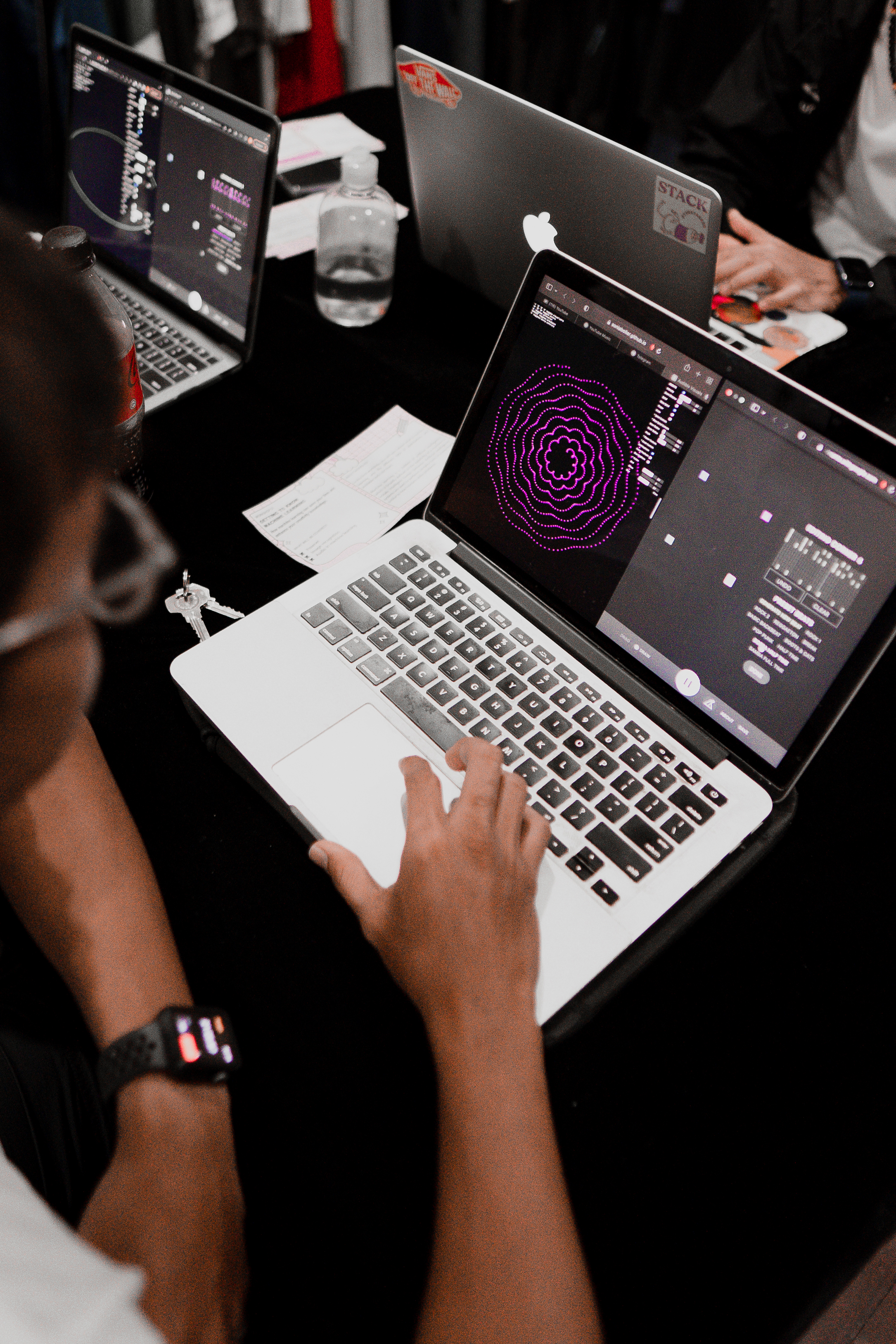
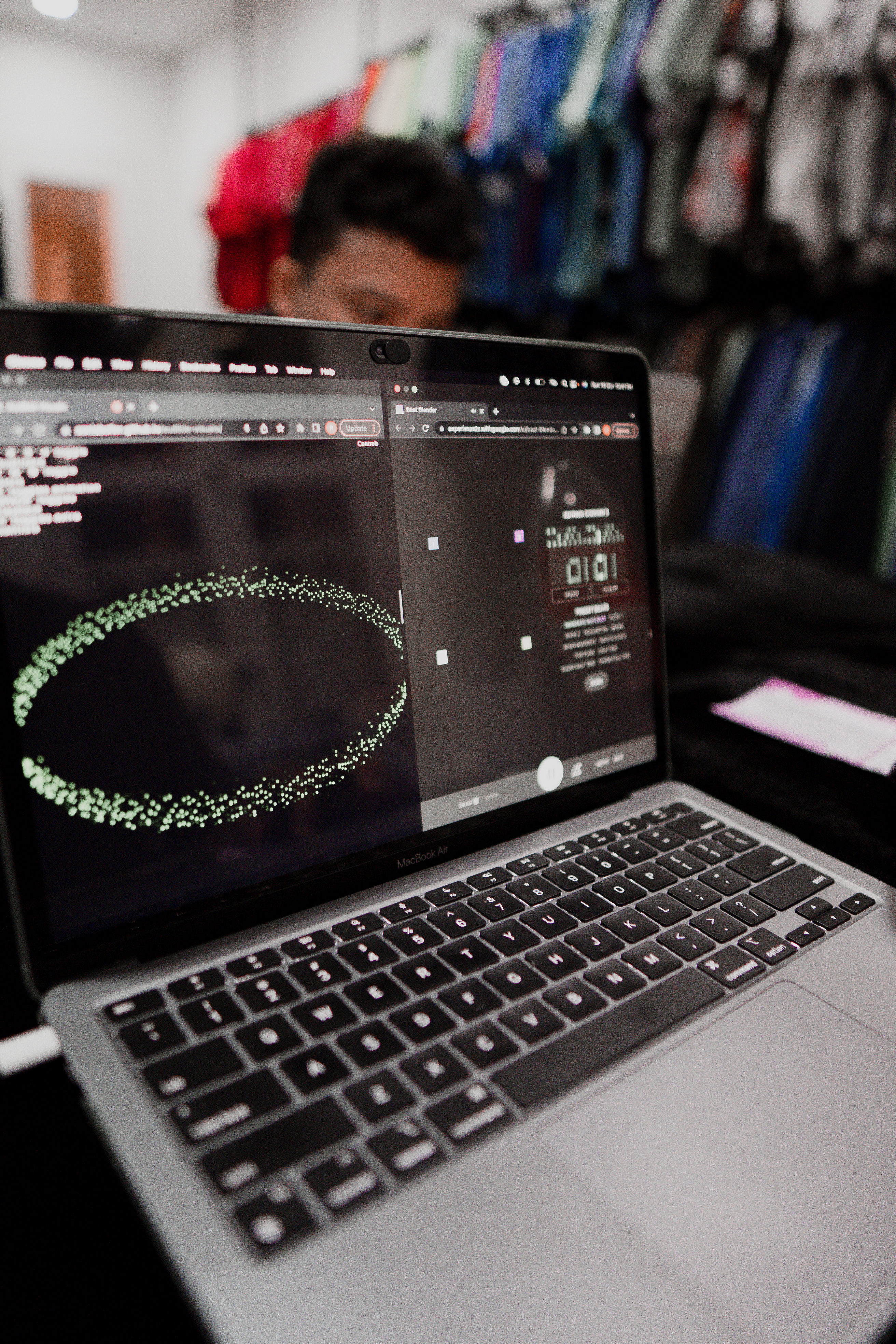
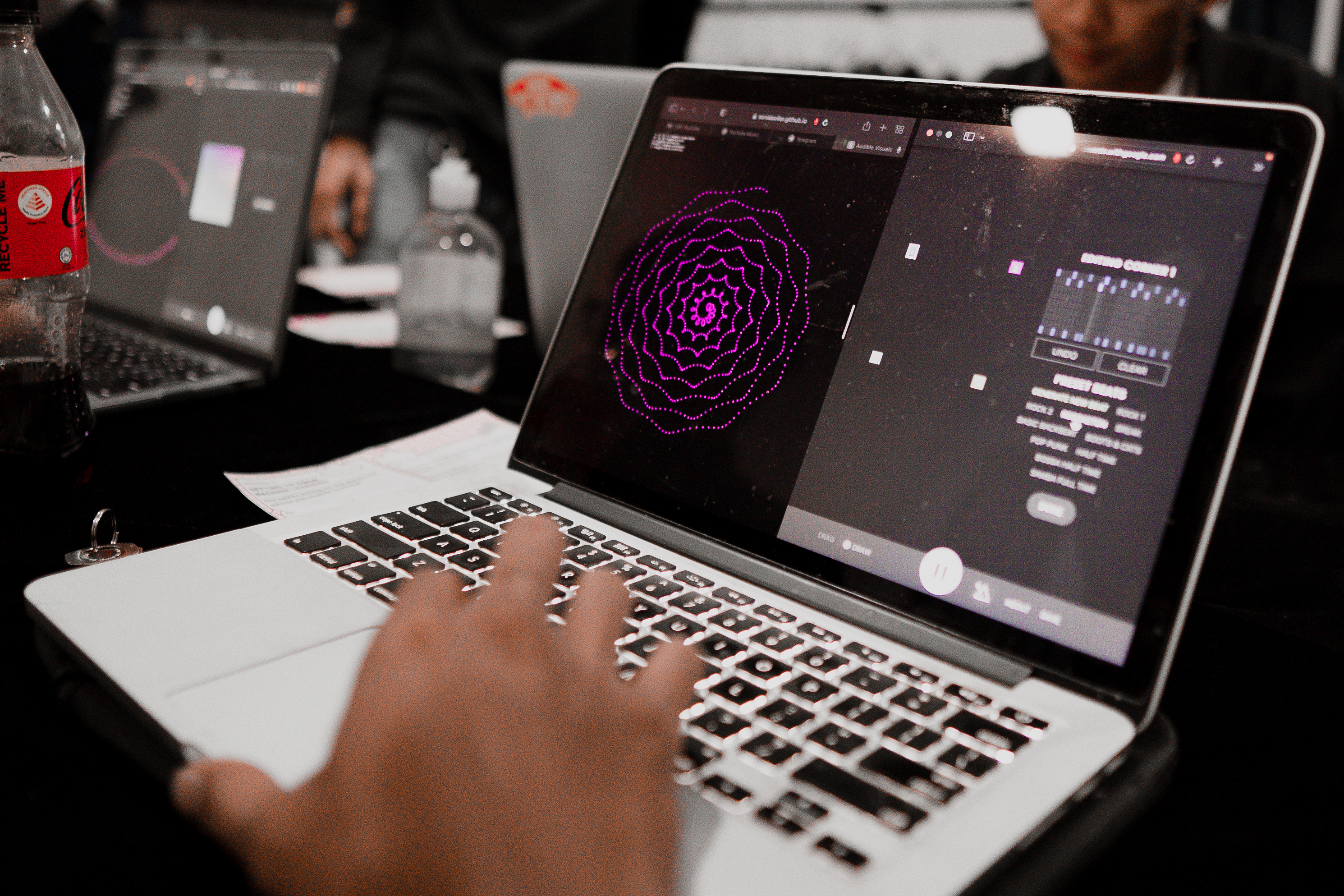
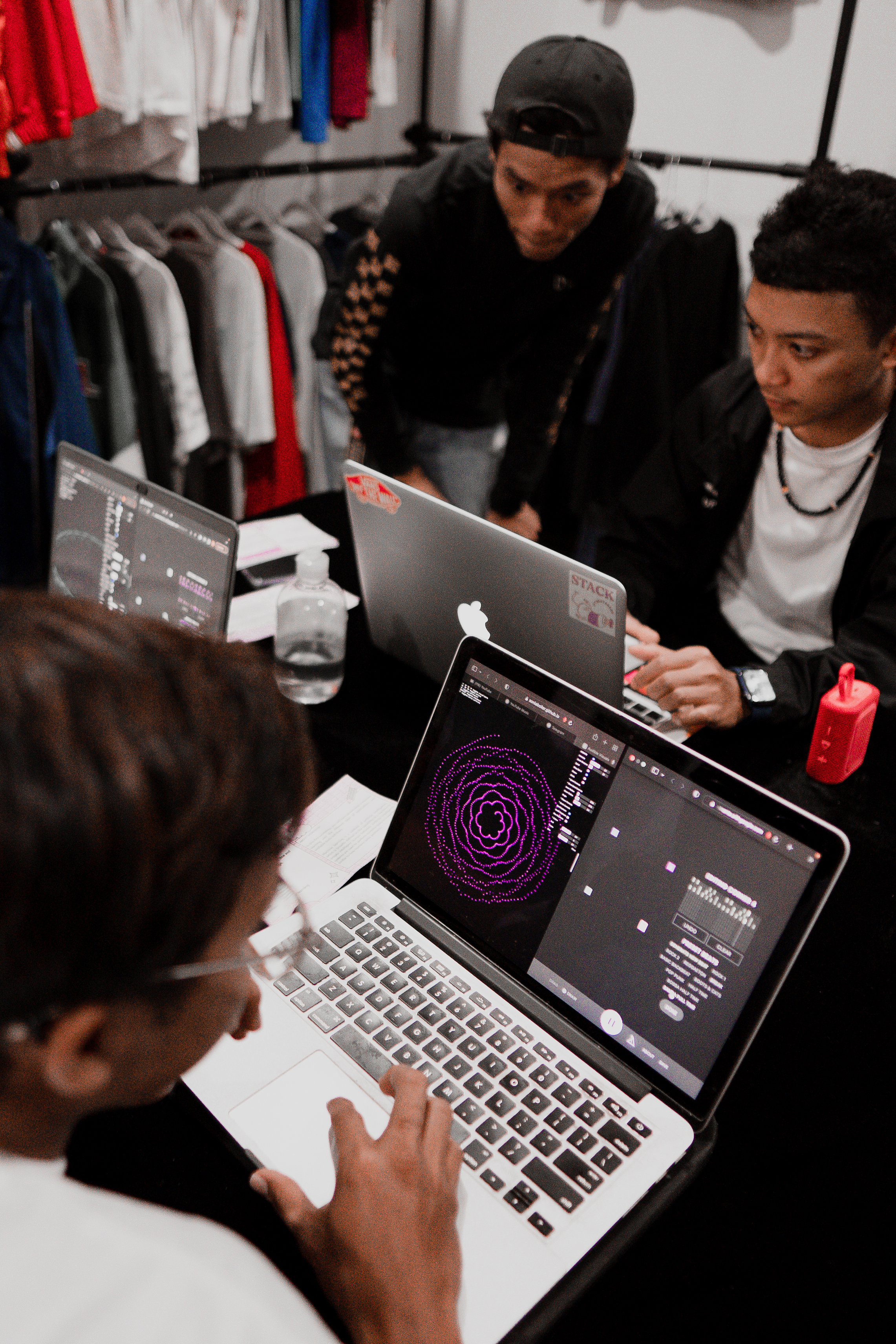
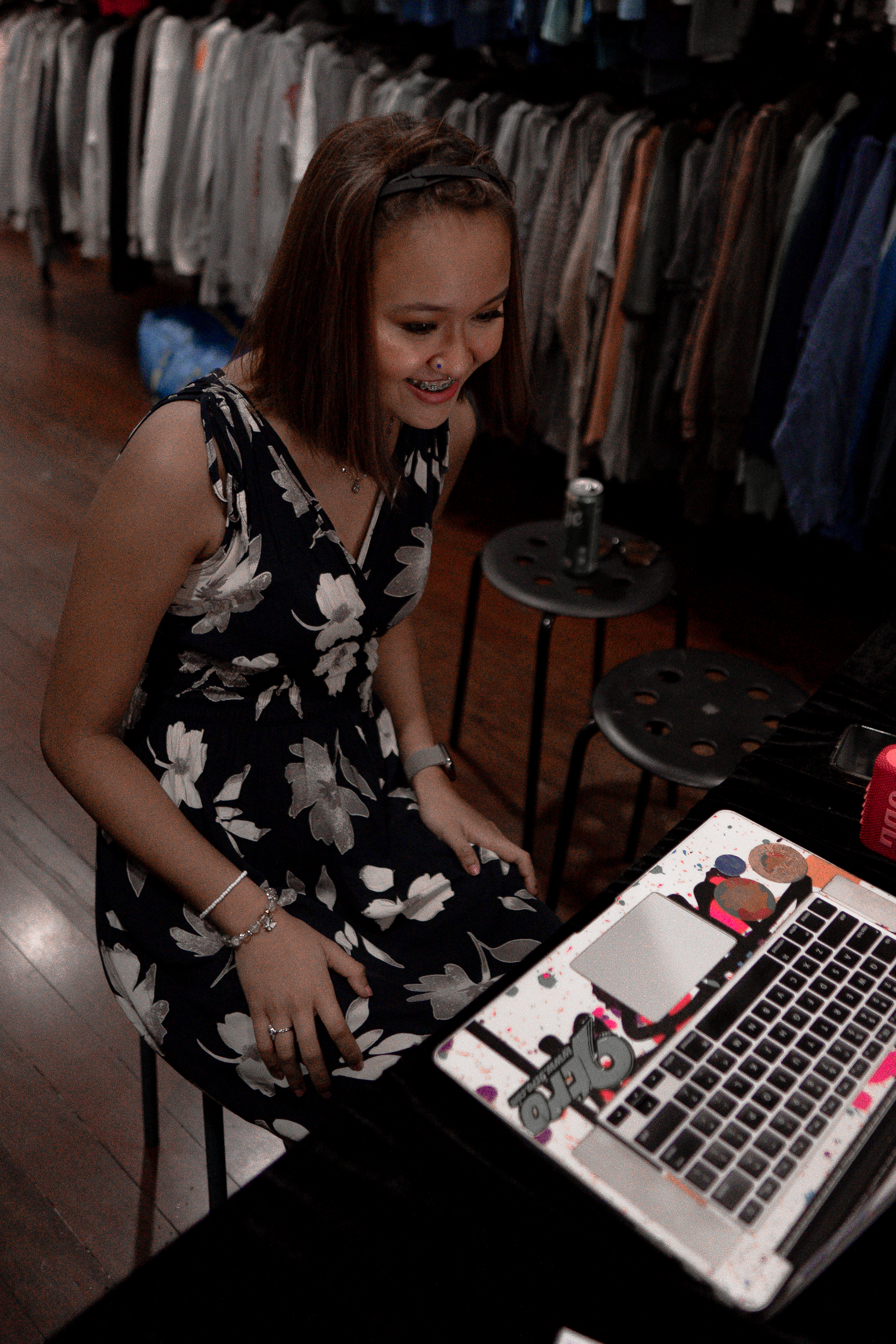
Workshop 3 -
Machine learning with “Teachable Machine”
Learning how ML is used in different applications in design or games.
After much research, user testing as well as feedback, I realise that the first workshop was not very effective in teaching my participants on how machine learning is implemented in our daily lives. Instead I have examples of softwares thats uses ML. I too realise that eventhough my participants enjoyed their time during the workshop, it did not give the proper conclusion that I want them to have which it to be encouraged to use free ML softwares into theirs works of art or design in the future and AI is growing rapidly and we need to adapt althought some of us might not like it.
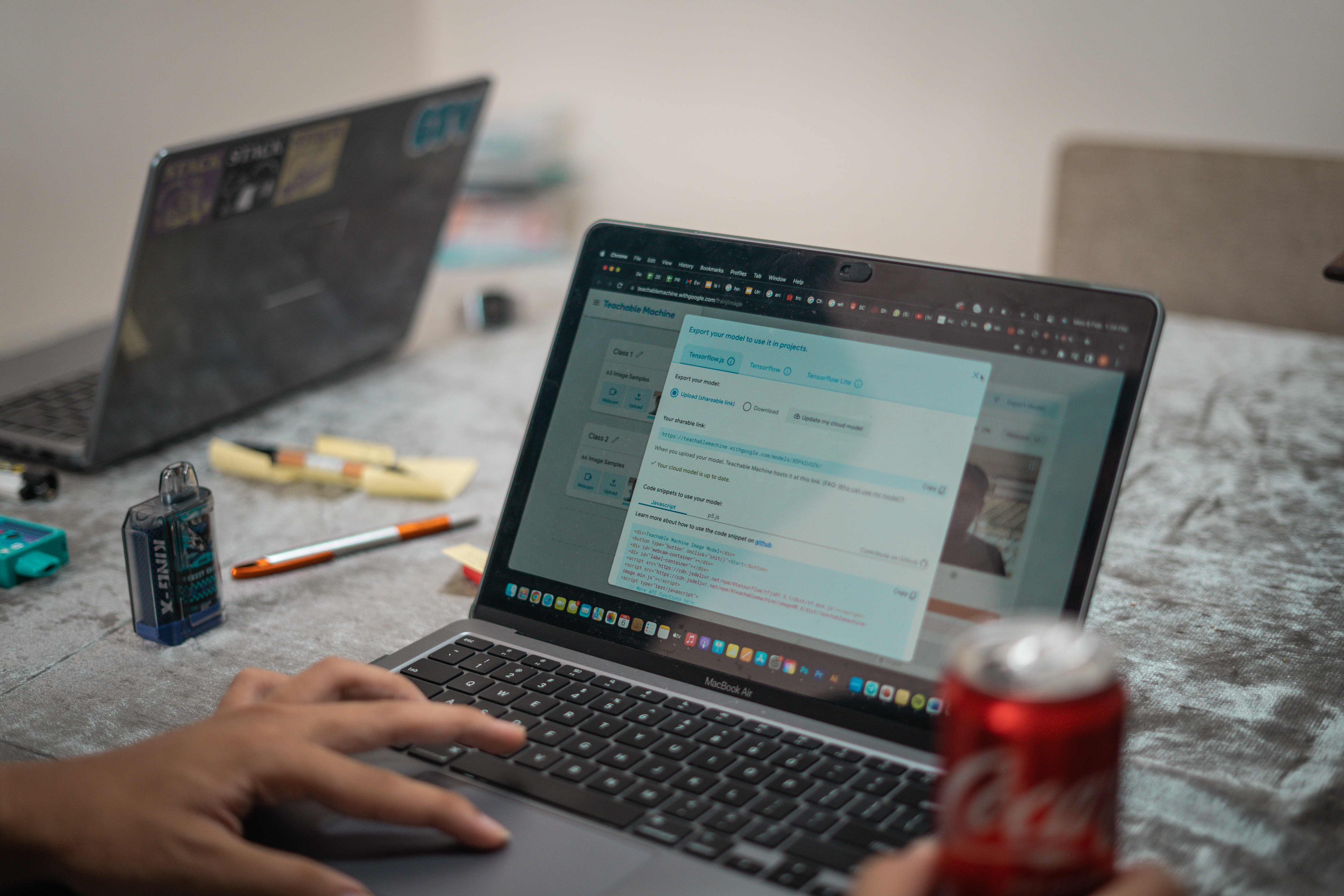
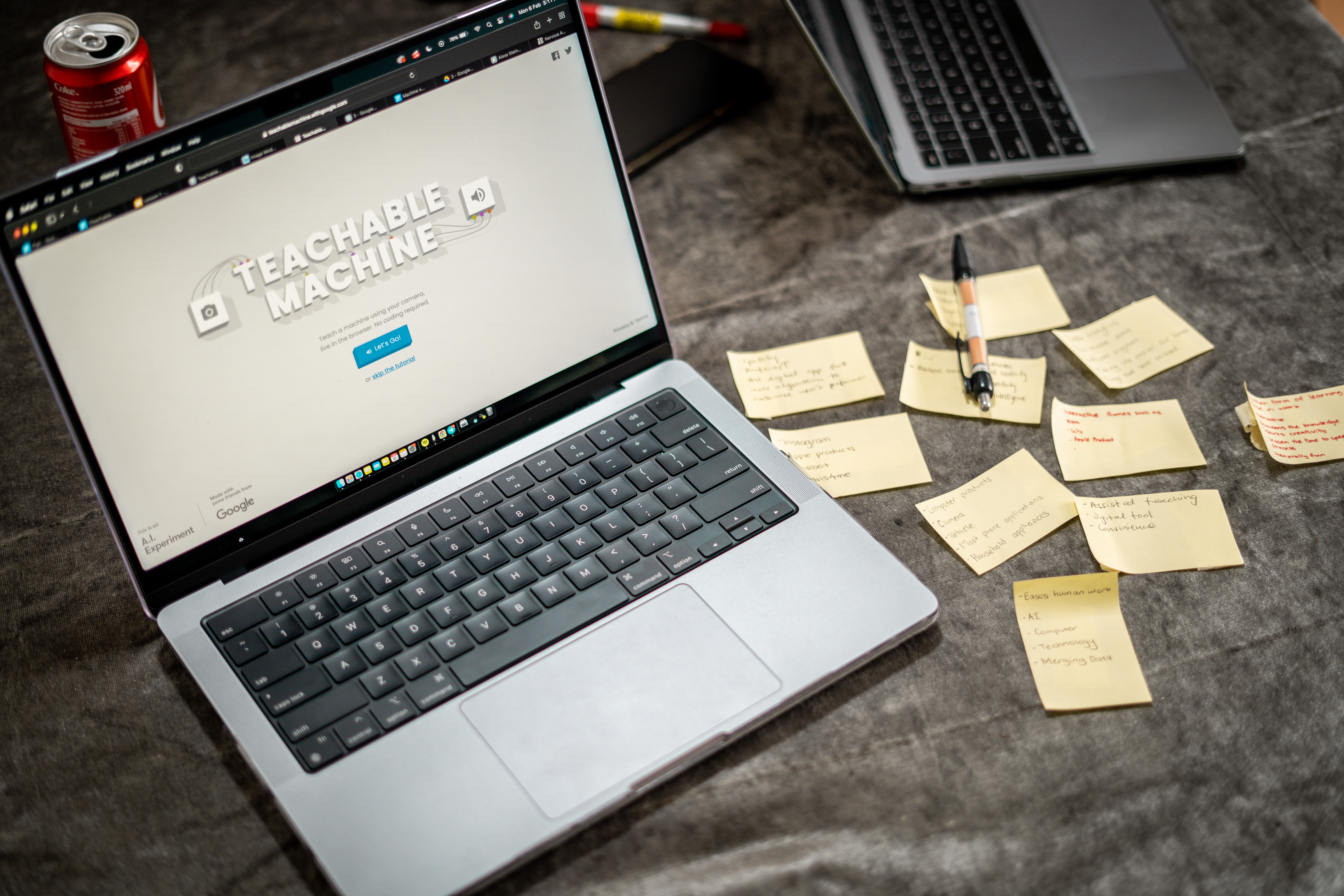
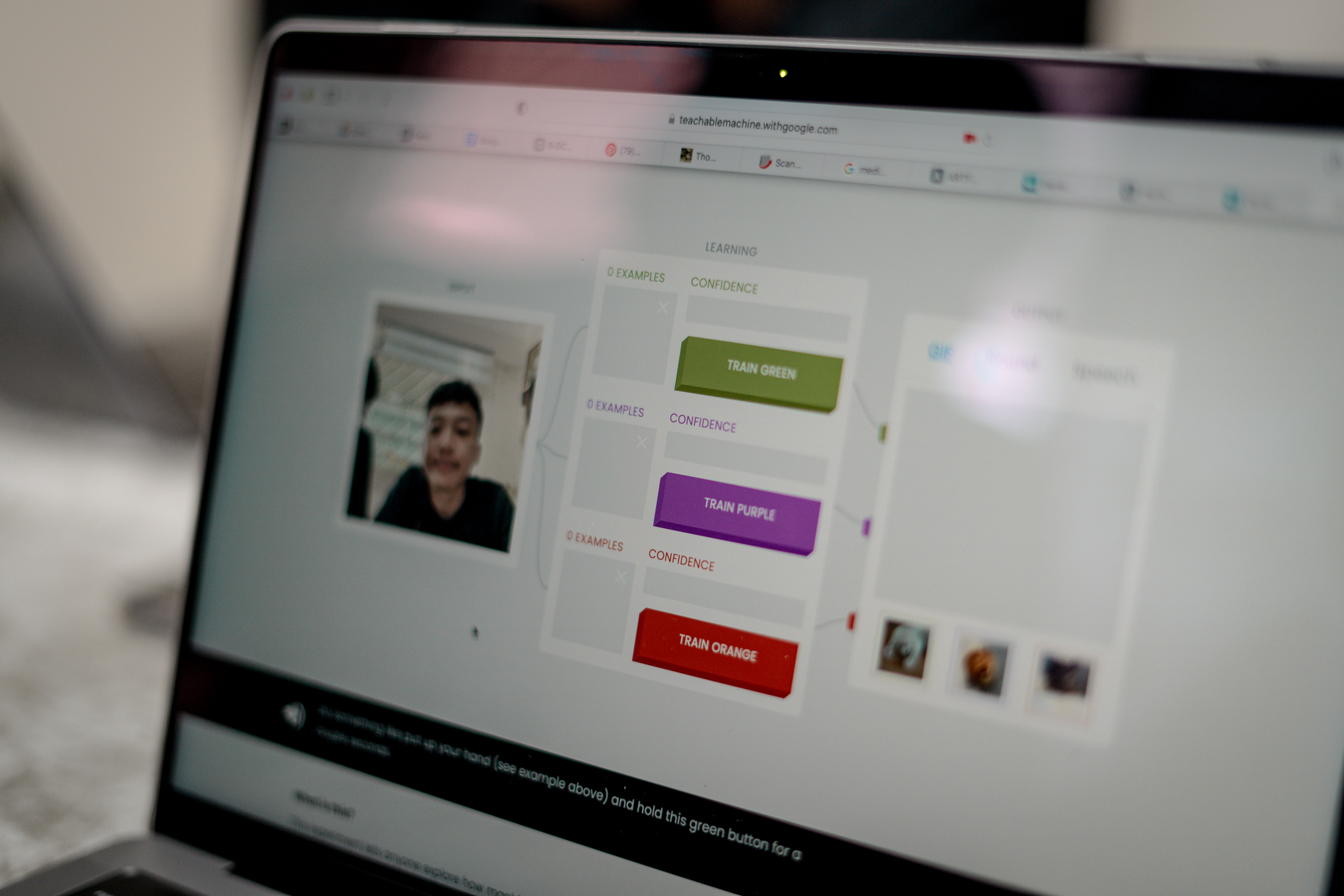
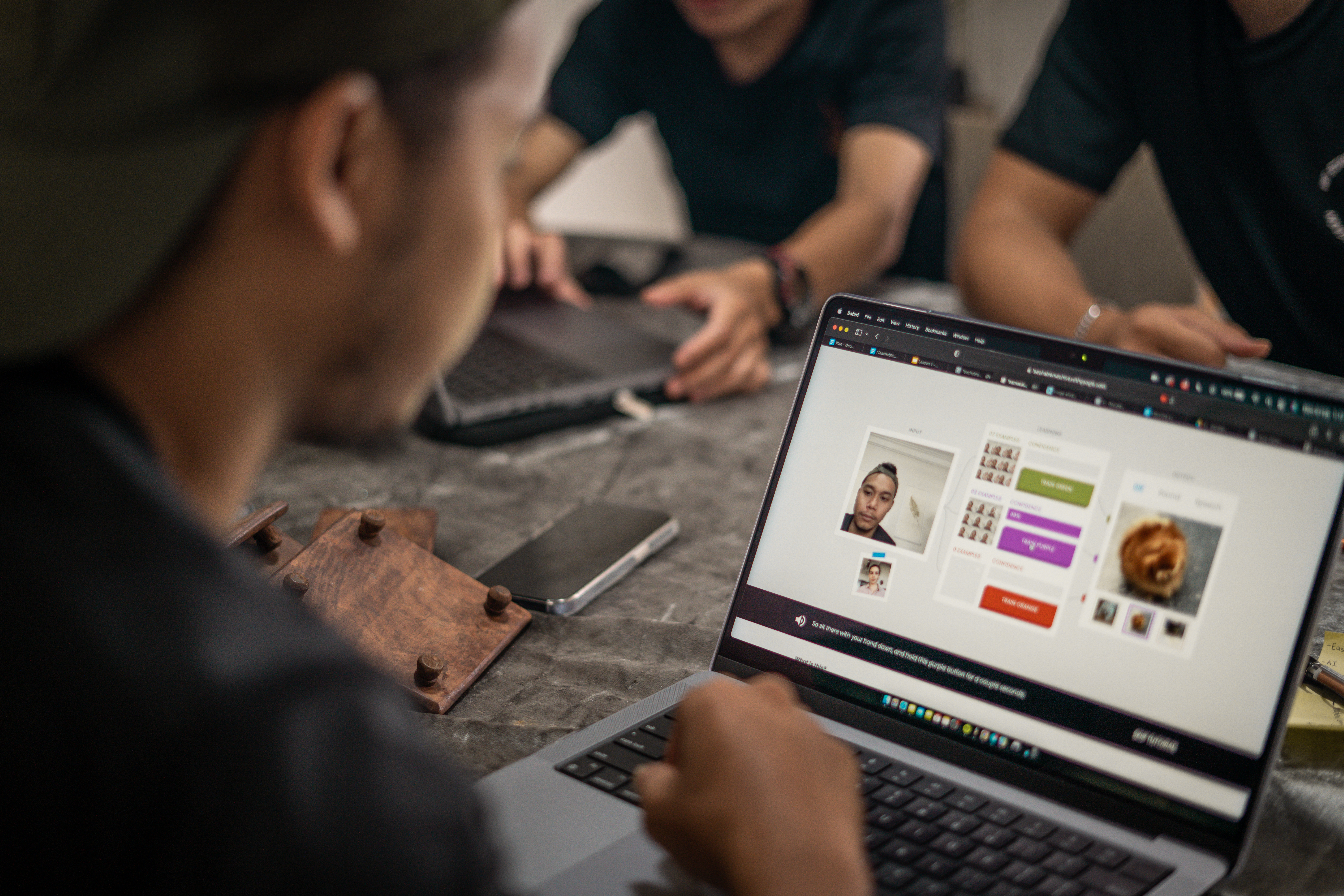
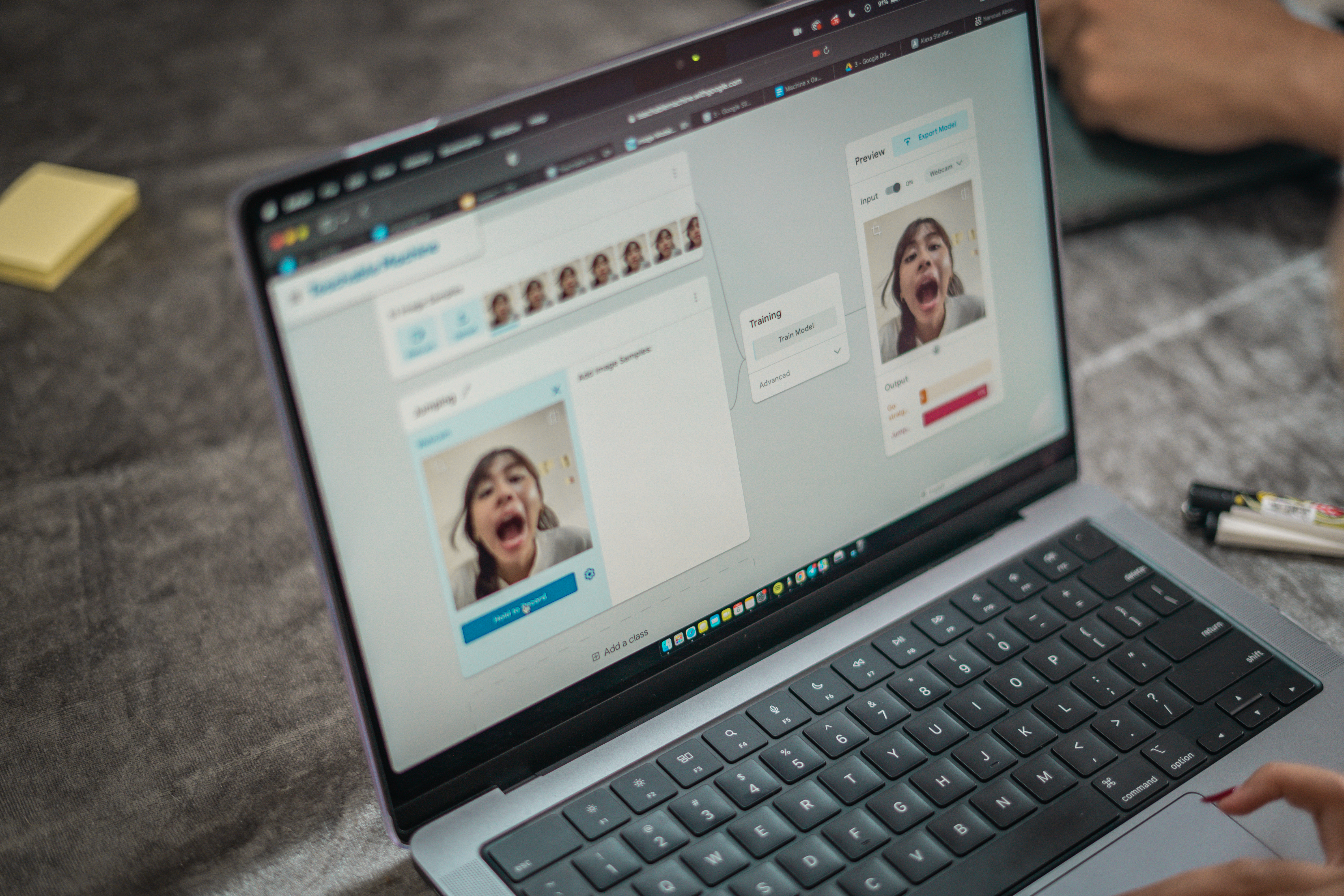
Workshop 4
Reactive AI - generated video
Making an Audio-Reactive AI-generated Video: RunwayML and TouchDesigner
My last workshop is influenced by Lia Coleman. Lia Coleman is an artist, AI researcher, and educator whose work revolves around the interplay of AI technology, art & design, coding, and ethics. Currently, they conduct creative AI research at Carnegie Mellon University. Upon researching about her and her works, it really resonates with what I want to do for my final year project in hopes to encourage designers out there to not be afraid that AI might that over the world. In fact, even as we speak, applications and softwares like Adobe that we (designers) used are intergrating AI into and and so as technology enhances, we too have to prepare ourselves and hope into the trend.
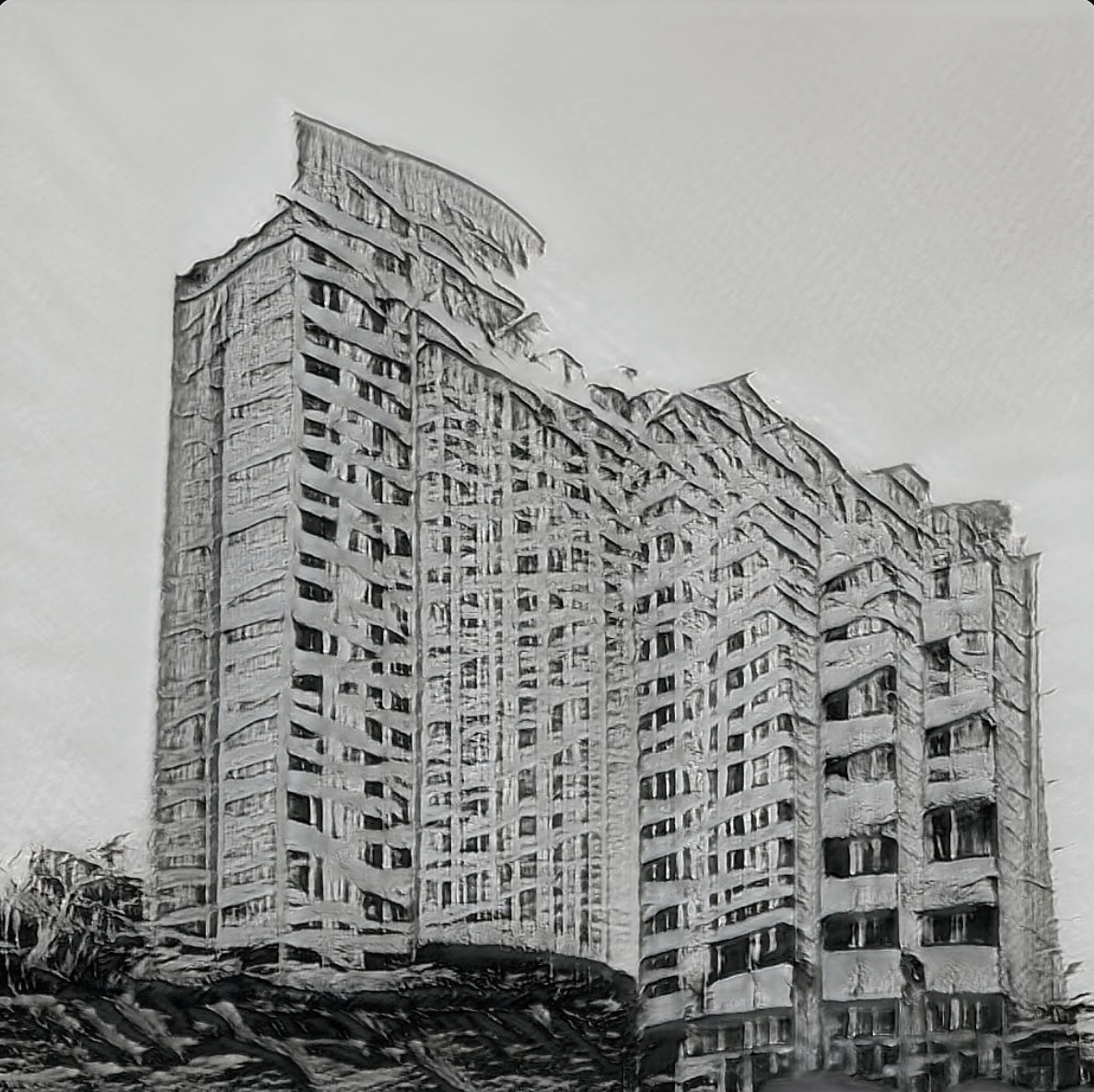

Process
There were definitely some prolems along the way but I manage to pull it off nicely and at the same time learn from it
"Where there is age, there is evolution. Where there is life, there is growth."
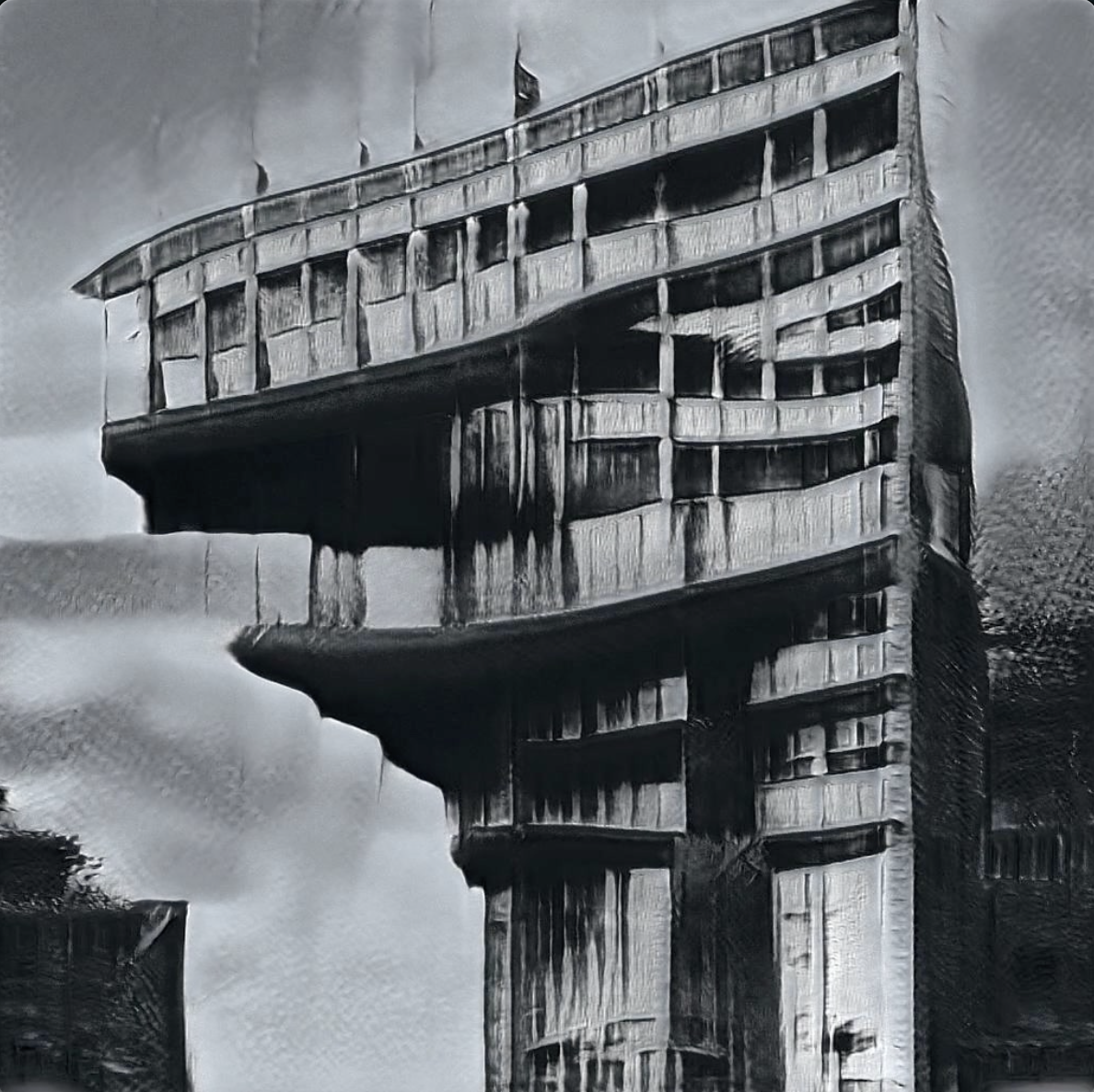
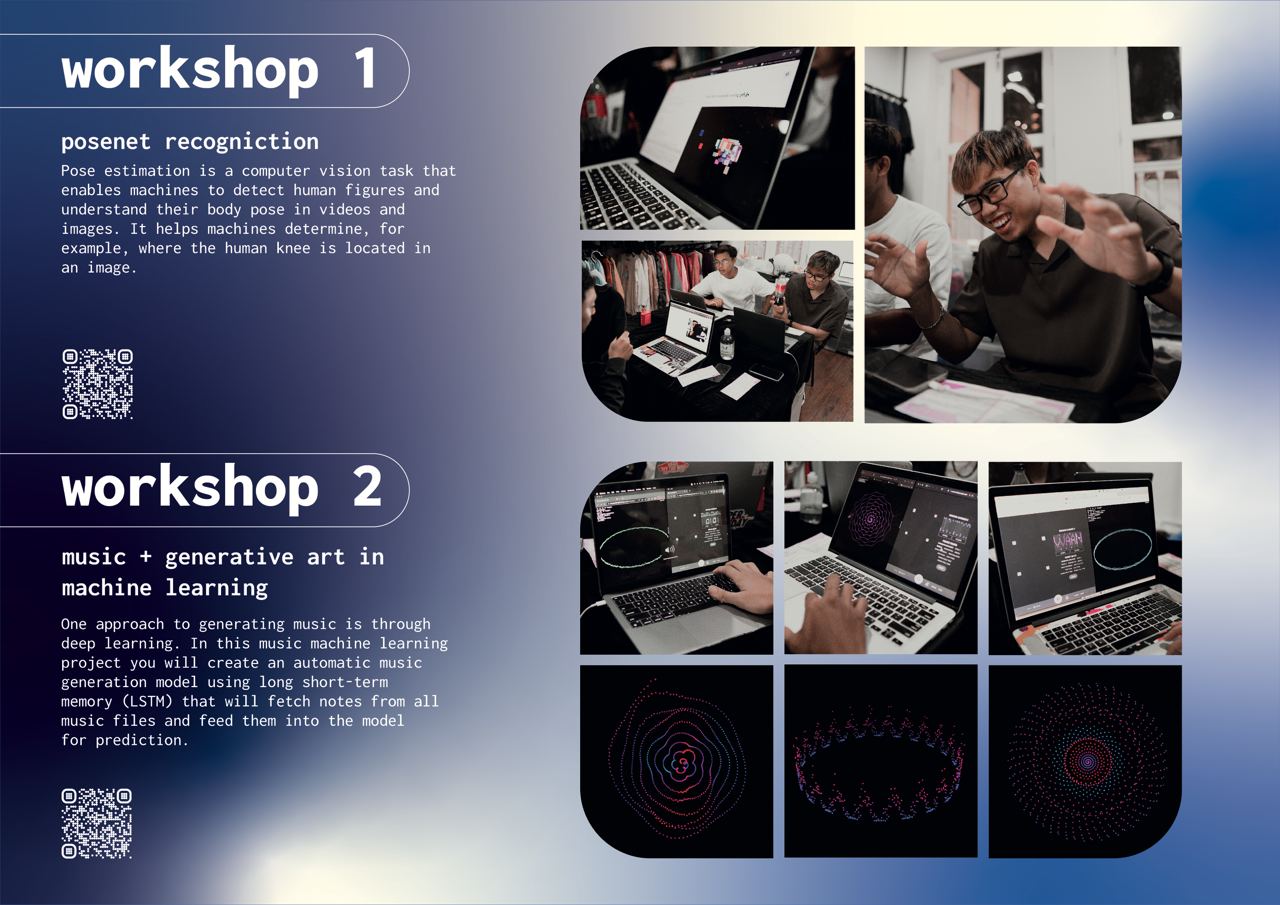
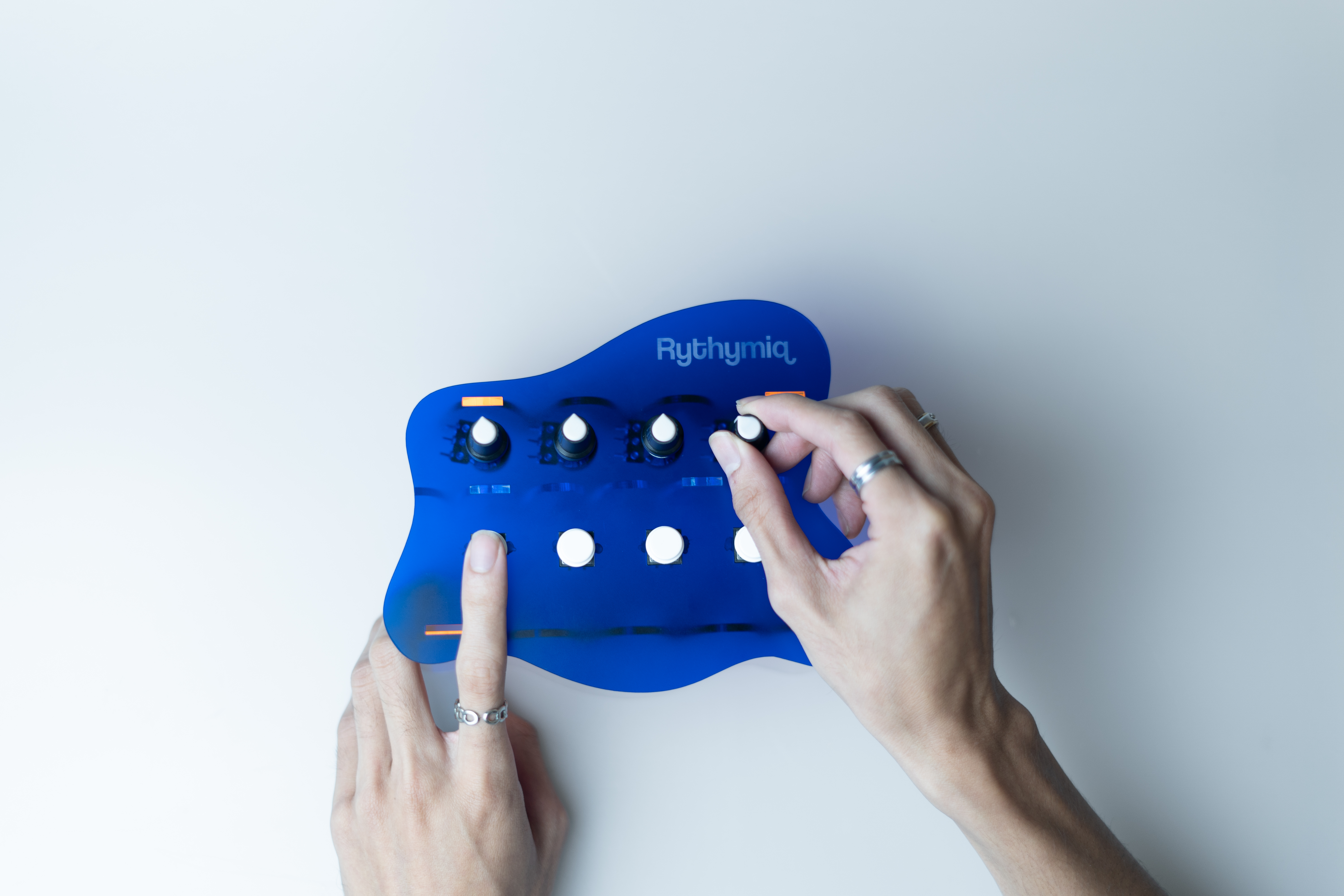
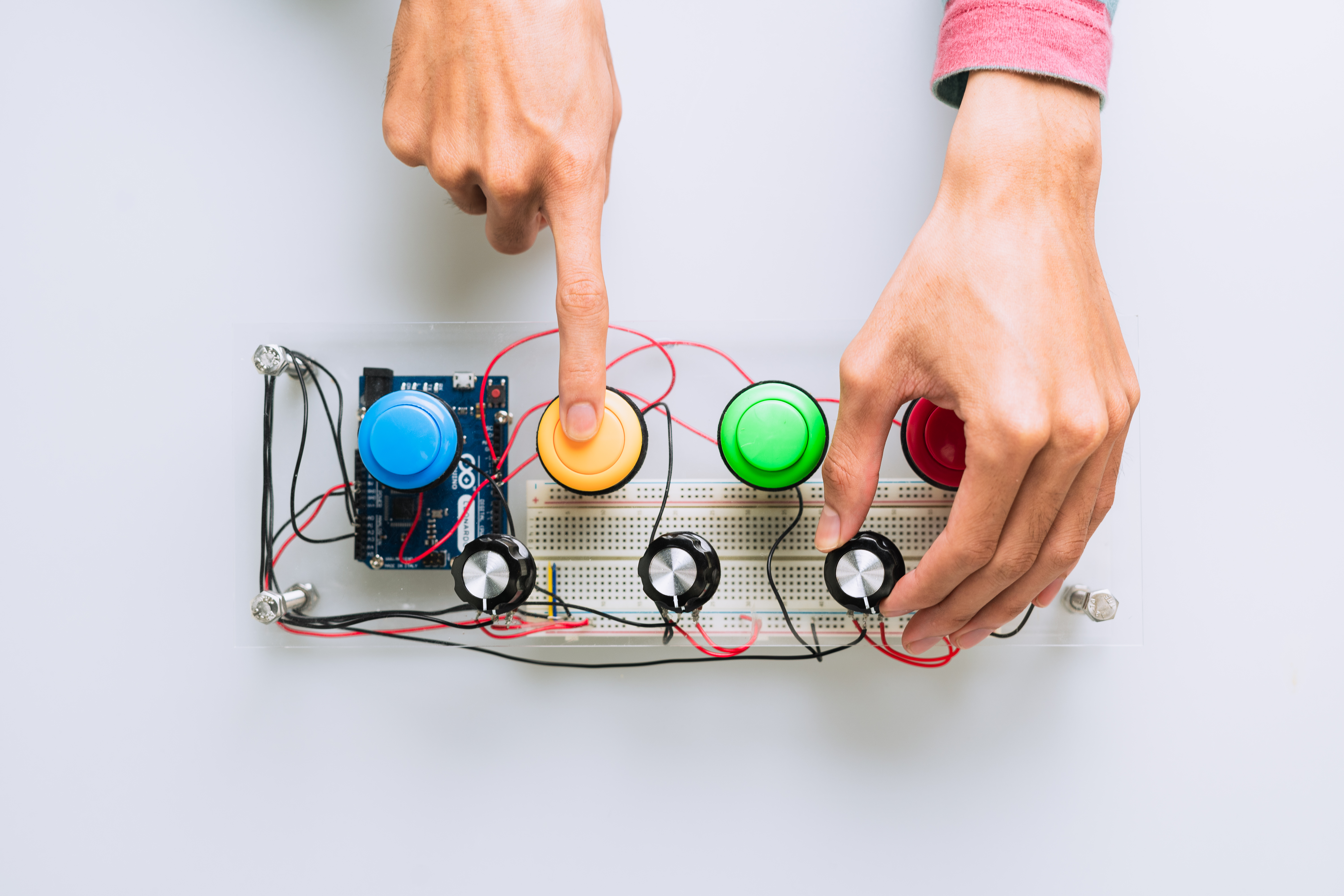
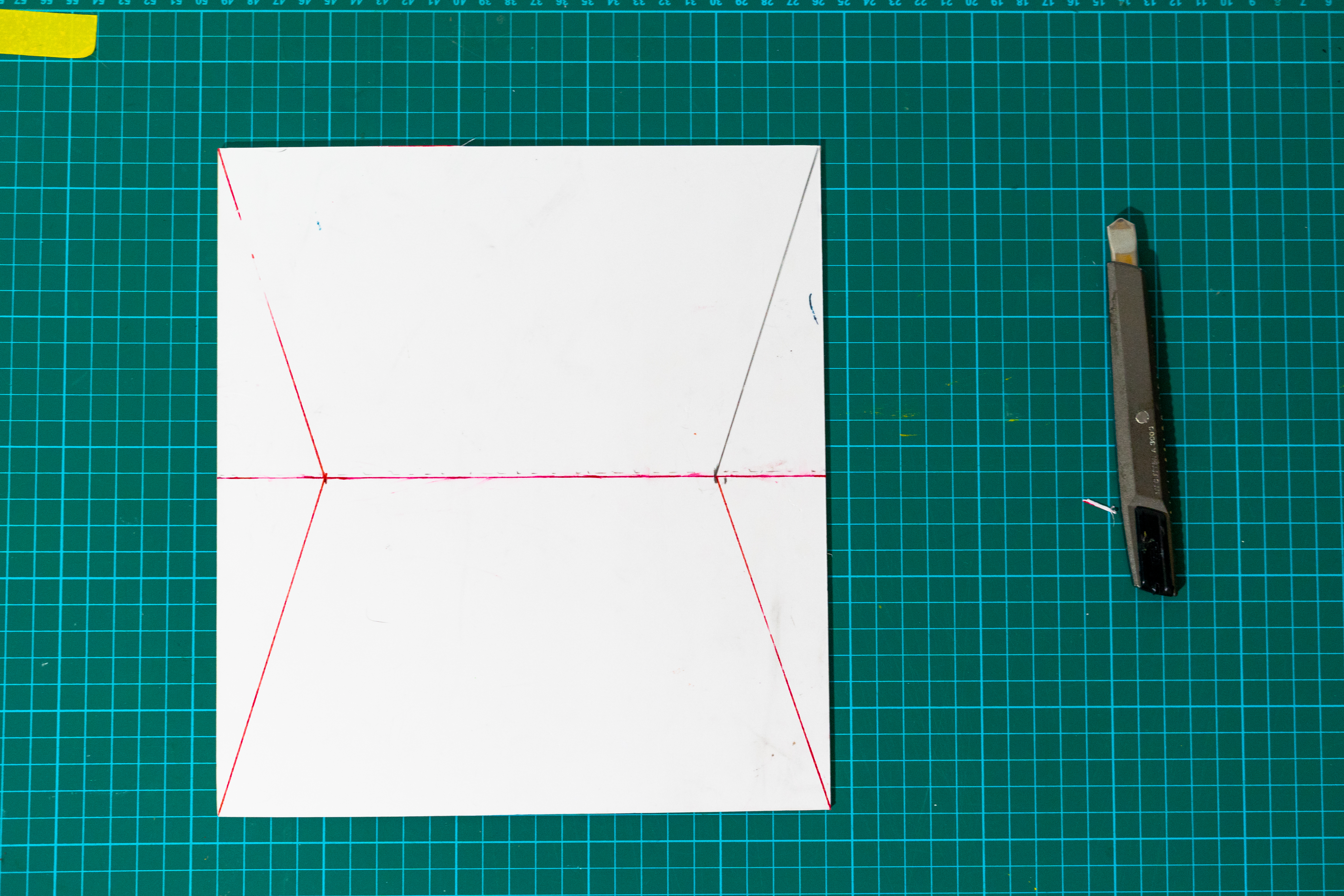
Conclusion
Learning new sets of machines learning was definitely one of them. However I also learn how to be a good presenter during workshops and how to make a really systematic approach when planning on the workshop itself too. I learnt a lot from failures especially when it comes to learning about machine learning as it is something really new to me.
Learning doesnt stop there for me as i would love to do more workshop not solely on machine learning but also some different aspects of design
when I get better at it one day. Learning never stops for me. In conclusion to workshop three, the use of the Teachable Machine proved to be an effective means of
introducing participants to the field of machine learning. The simplicity of the game that accompanied the
Teachable Machine model enabled even the youngest participants to grasp the core concepts of machine
learning. Moreover, the practical applications of machine learning, such as facial recognition technology, were
also explored.
To build upon the successes of the previous workshops, a final session is being organised to introduce
participants to free, open-source machine learning tools. These tools, such as DALL-E, OpenAI, and
RunwayML, allow for the generation of ideas and concepts instantaneously. Additionally, software applications
such as Adobe Photoshop, TouchDesigner, and Figma will be introduced to enhance the generated work,
enabling participants to create posters, videos, and other media.
By incorporating these tools and software applications, participants can continue developing their machine
learning skills and build a strong foundation for future exploration in the field. Furthermore, this final workshop
will provide an opportunity to consolidate the learning outcomes from the previous sessions and showcase the
participants' newfound expertise in machine learning.
